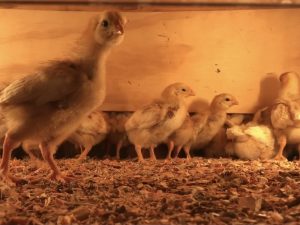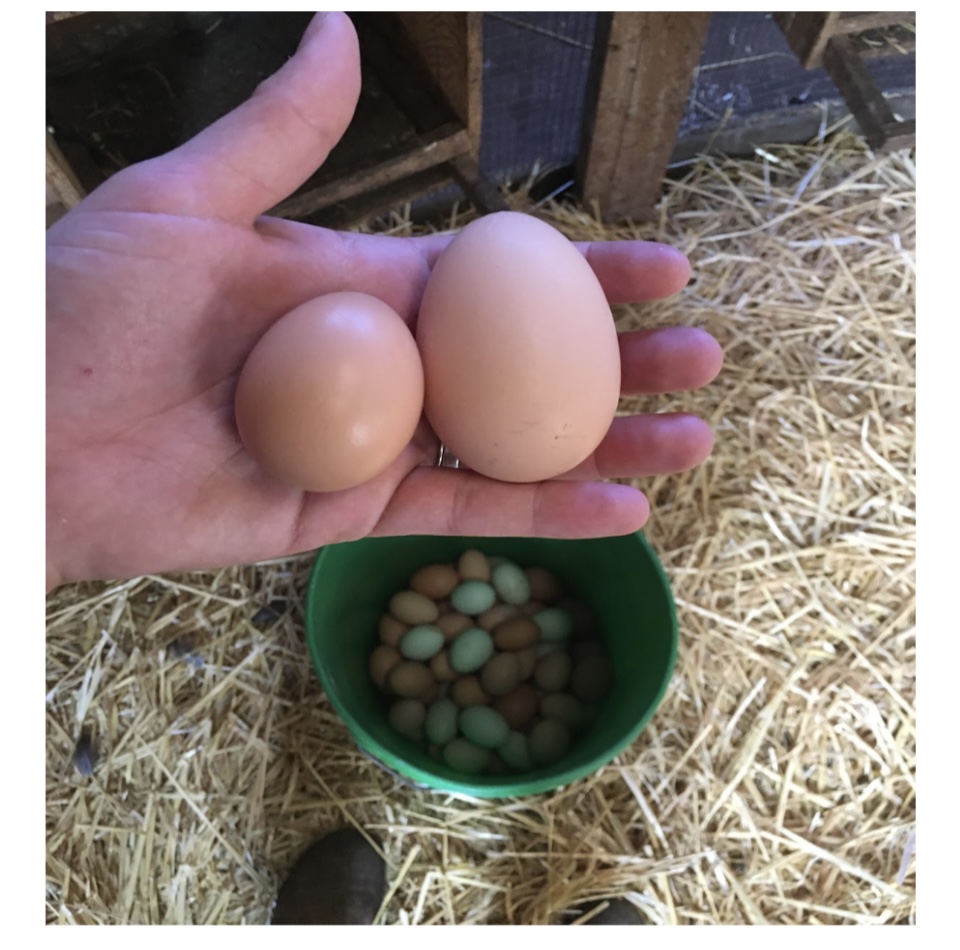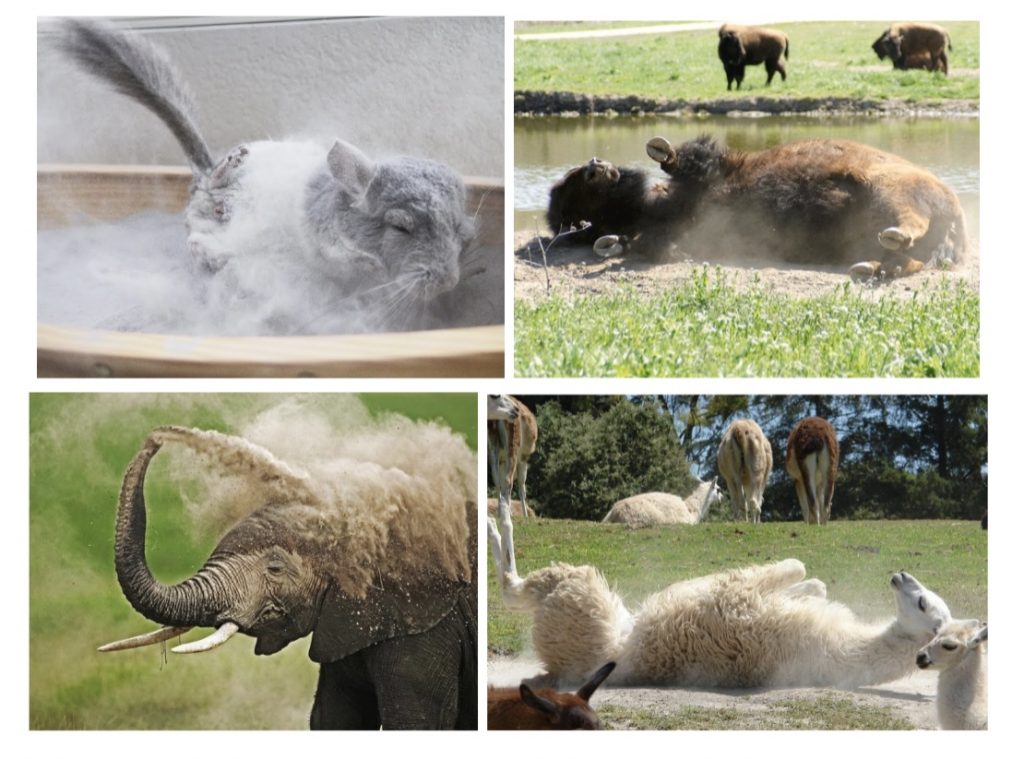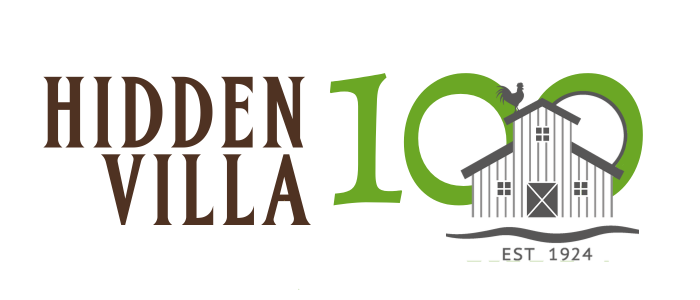
Summary:
In this video, Nick taught us about the lifecycle of a chicken, including its birth, growth, reproduction, and death. When chickens are born, or hatched, they are eggs. Eggs need to be cared for before they hatch into chicks. As chicks grow, they enter their teenage or young-adult stage and are also known as pullets. When egg-laying chickens are full grown, they are called hens.
Know-It-All
-
How do we protect chicks that are at the beginning of their lifecycle?
-
What are pullets?
-
How do chickens help their neighbors the pigs? Do you think the chickens also benefit? What is that called when two organisms work together and both benefit from the relationship?
-
How do chickens clean themselves?
-
In the video, Nick talks about how death is part of the life cycle. What are three things we can thank chickens for after they die?
Digging Deeper
- As pullets enter adulthood, they begin to lay eggs. Because they still aren’t fully grown, their eggs are much smaller than hen eggs. We call this first egg the “Pullet Surprise”! The image below shows a Hidden Villa pullet egg (left) next to an adult hen’s egg (right). NEAT!

2. Chickens clean themselves by taking dust baths. A dust bath is just what it sounds like! Chickens roll around, kicking the dirt up to reach all nooks and crannies of their bodies. This helps to remove excess oil, suffocate bugs and maintain their waterproof outer feathers. Did you know that other animals take dust baths as well? Chinchillas, bison, elephants and llamas all take dust baths, just to name a few!

Try It
A) Find an adult to help you, and make some delicious home-made broth, using leftovers!
Did you know that you can make broth with leftover chicken bones? After you eat a chicken dinner, keep the bones and turn them into chicken broth. Bonus, you can keep leftover vegetable scraps, like onion skins or carrot peelings in the freezer and throw those in the broth for flavor too. This is a great alternative to just throwing these things in the trash! If you have a compost, throw the veggie scraps in there once you’re done using them in the broth. Here is a simple recipe for what we like to call Compost Broth:
Ingredients:
- Any chicken leftovers that you are not planning to eat (bones, skin, organs, fat, etc.)
- Any leftover vegetable scraps you are not planning to eat. (plan ahead and collect some in the freezer)
- 1 Tablespoon of vinegar (any type works)
- 2 quarts of water
Directions:
- Combine all ingredients into a large pot and put on high heat until the water is boiling.
- Once it’s boiling, bring down the heat so that the mixture is simmering (a smaller boil) for about 3-5 hours (or however long you can keep it).
- Let cool for an hour or so. Strain out all of the solid ingredients and throw them in the trash or compost. You are left with your finished broth and can now make soup with it.
- You can keep it in the refrigerator, if you plan to use it soon, or freeze the broth and use it later.
B) Draw the Life Cycle of a chicken. Be sure to include all the life stages: egg, chick and/or pullet, hen or rooster. To draw the “death” part of the life cycle, you might draw a cooked chicken on a plate!
C) Let’s play a game! Ask your loved ones to play a game of rock paper scissors with a chicken twist. You will need at least four people. Invent a silly noise or hand motion to make for each life cycle stage, if you want.
Chicken Life Cycle Game Rules:
- Start as an egg, find another egg to play rock, paper, scissors against. If you win, you become a chick. If you lose you remain an egg.
- Once you are a chick, find another chick to play rock, paper, scissors against. If you win, you become a hen. If you lose you remain a chick.
- Once you are a hen, find another hen to play rock, paper, scissors against. If you win, you become an egg again. If you lose, you remain a hen. The cycle goes on and on!
- After a few minutes, stop the action and see how many complete life cycles each player succeeded in completing.
Bonus: If you get really good at the game, add an additional level. If you win as a hen, become a dinosaur and find a dinosaur to rock, paper, scissors battle against. Feel free to add your own twist on the game and be creative!
Print out the guide by downloading the PDF
